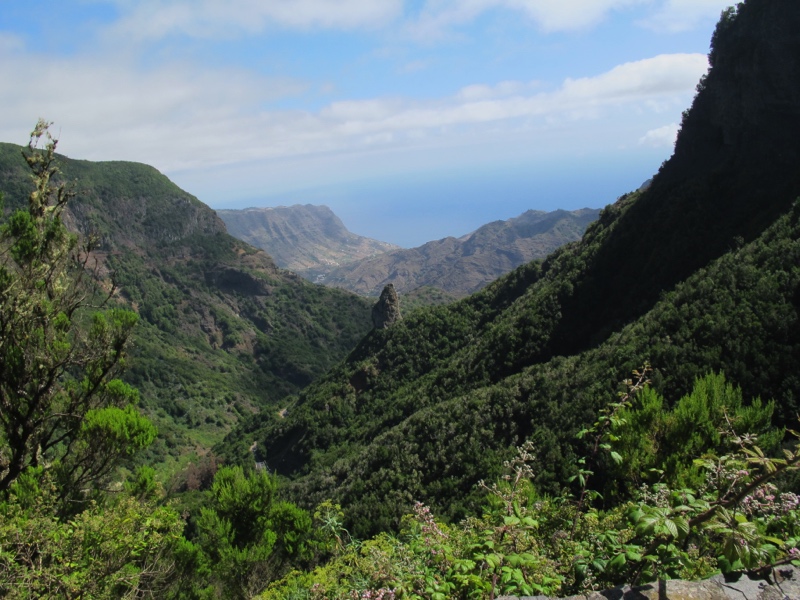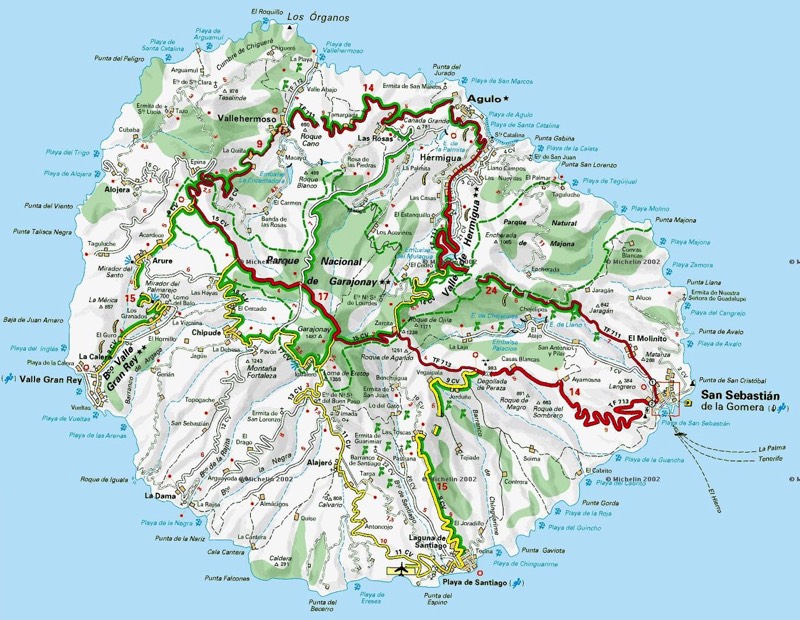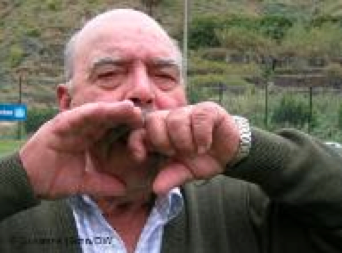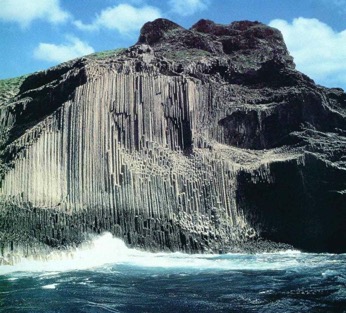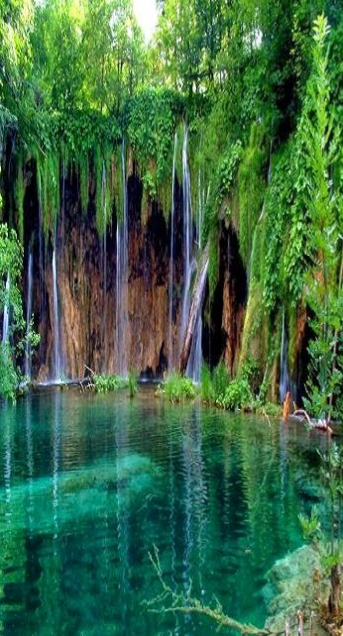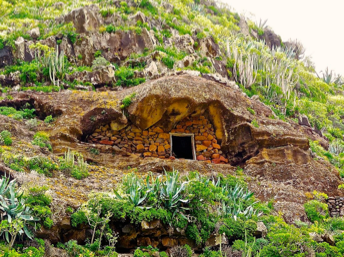Unique La Gomera
The island is linked to Tenerife with a forty minute hydrofoil ferry from Los Cristianos or ninety minutes by car ferry and so many tourists taking a holiday in Tenerife take a day trip to the island. The roads around the island cross many deep ravines and so have to contend with hairpin bends, however they offer wonderful views for the passengers.
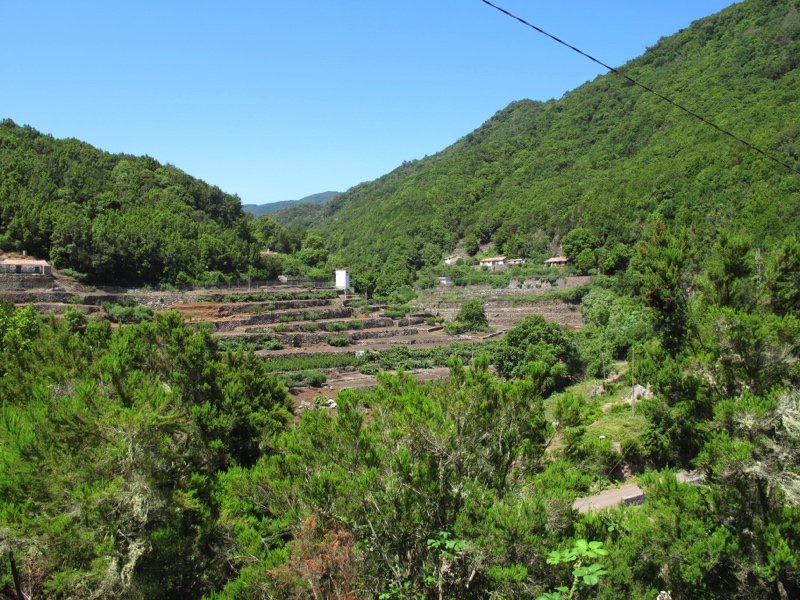
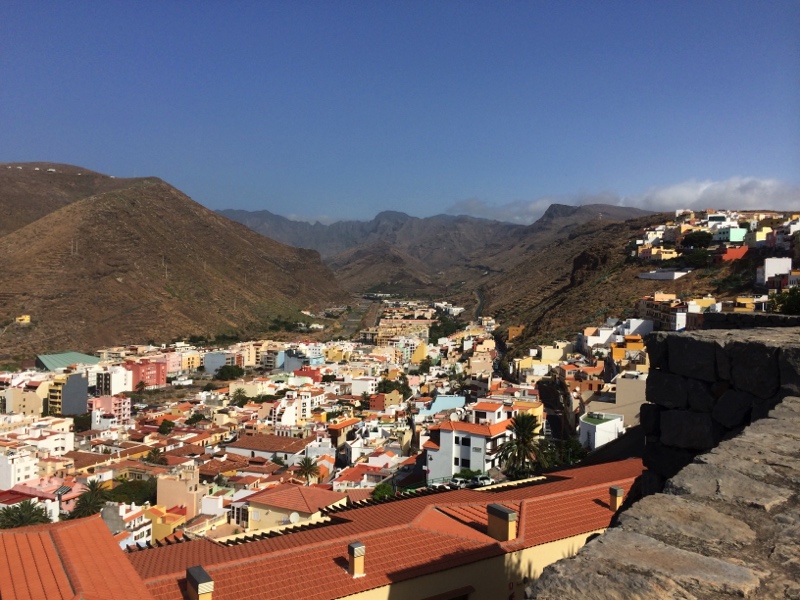


Out and About
Vallehermosa is situated in the Garajonay National Park and its economy is based on the growing of grape vines and bananas, as well as potatoes, corn and fruit for local consumption. There are also people selling traditional craft items made from local materials. La Laguna Grande is a popular recreation area for families with barbecues, children’s playground and a restaurant.



In the heart of Bosques de Garajonay or Bosque del Cedro (cedar woods) in La Gomera's Garajonay National Park is the most spectacular laurisilva, sub-tropical cloud forest, in the world. It is a living relic of the Tertiary Period when all of the Canary Islands, and much of the Mediterranean region, was covered in this vegetation.
The importance of the Garajonay National Park was recognised as a World Hertitage Site by UNESCO in 1981.
Clouds brought by the tradewinds douse the vegetation with humidity making the laurisilva forests of La Gomera the most important in the world, with 400 species of plants, 200 of which are endemic to the Canary Islands.
A walk through these ancient forest with moss cloaked laurel trees is like a fairy tale. It is recommended to start at the Park's Visitor Centre, which is in an area known as Juego de Bolas, in the district of Agulo at the the north of the island.
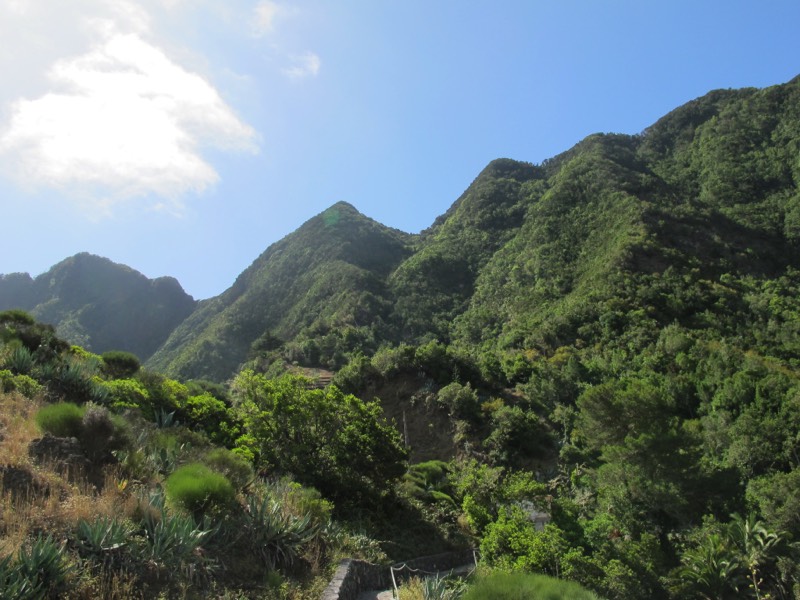

If you enjoy walking, La Gomera is likely to be high on the list of places to visit as it is famous for having the best walking routes of all the islands.
The verdant valleys are the main highlight of La Gomera, and as you are walking, listen and see if you can hear Silbo Gomera – the strange whistling language, unique to the island.
This well is in the Casa de la Aguada in San Sebastian where it is reputed that Christopher Columbus drew water for the voyage to America in 1492. He is also said to have ‘baptised’ America with the same water.
Sadly, this is an urban myth as Columbus never actually set foot on American soil and was probably far too busy with his medieval nymphomaniac beauty, Beatriz de Bobadilla to bother about collecting water.
